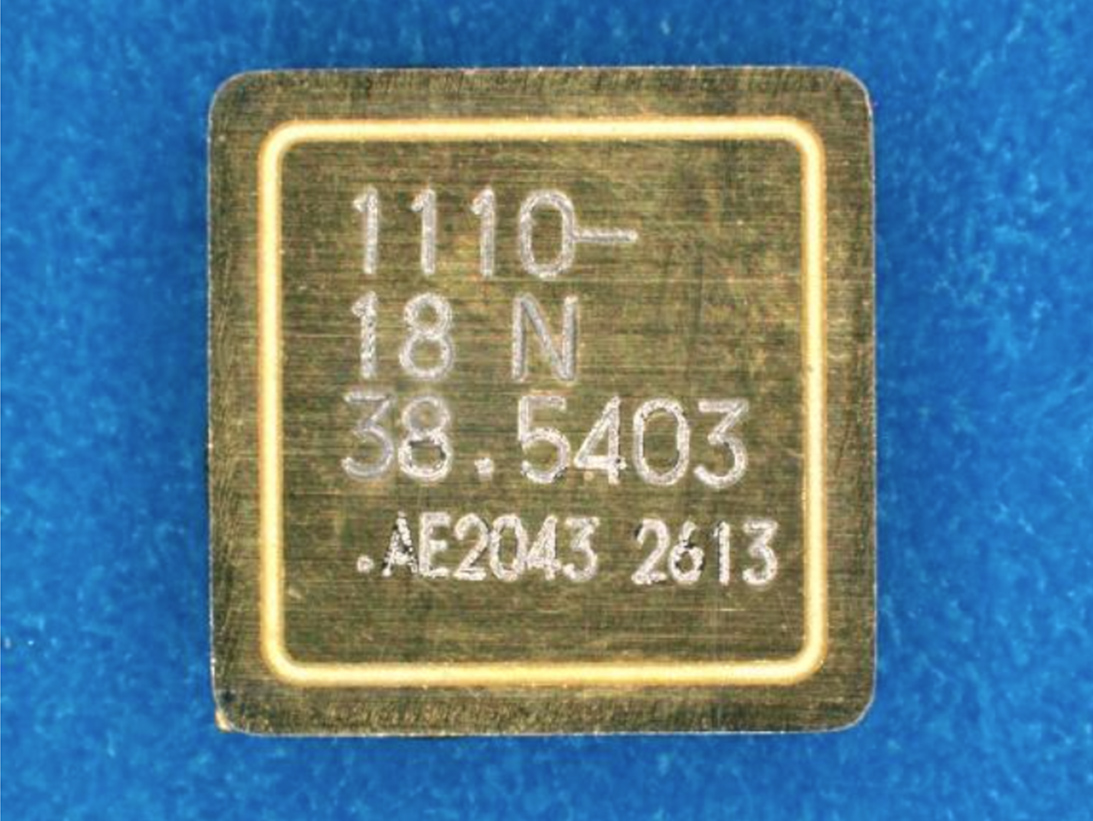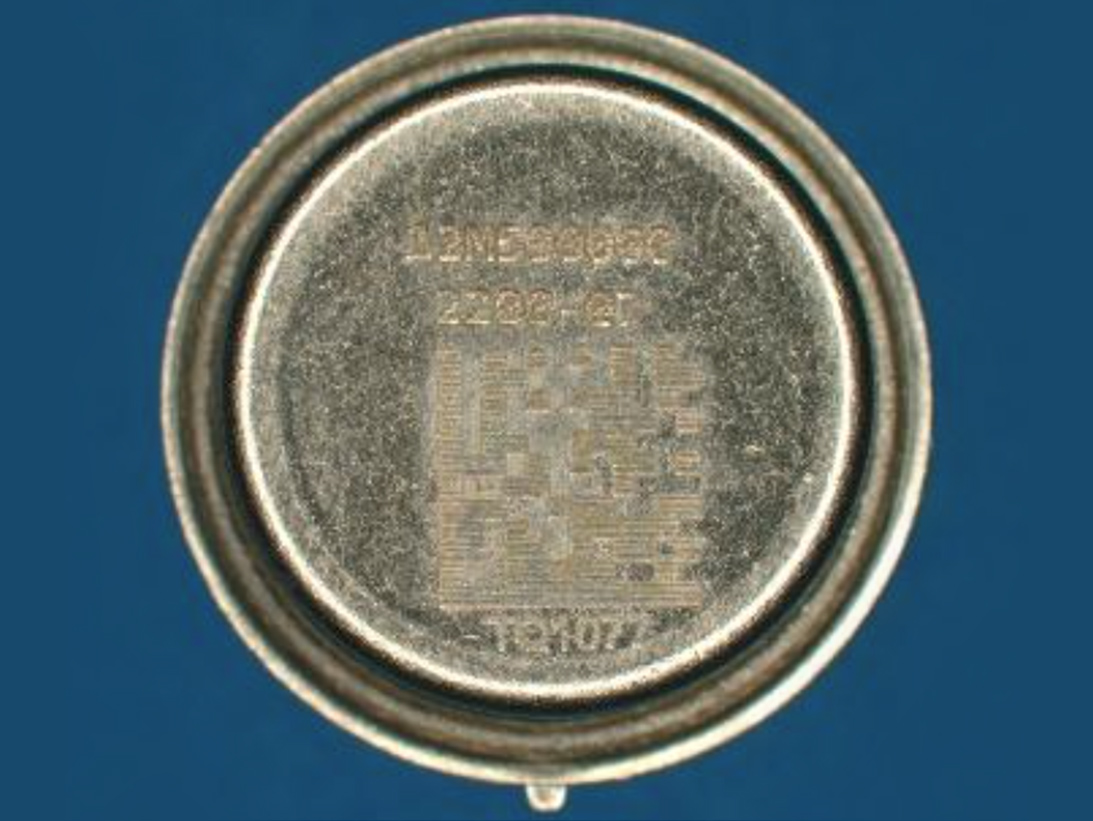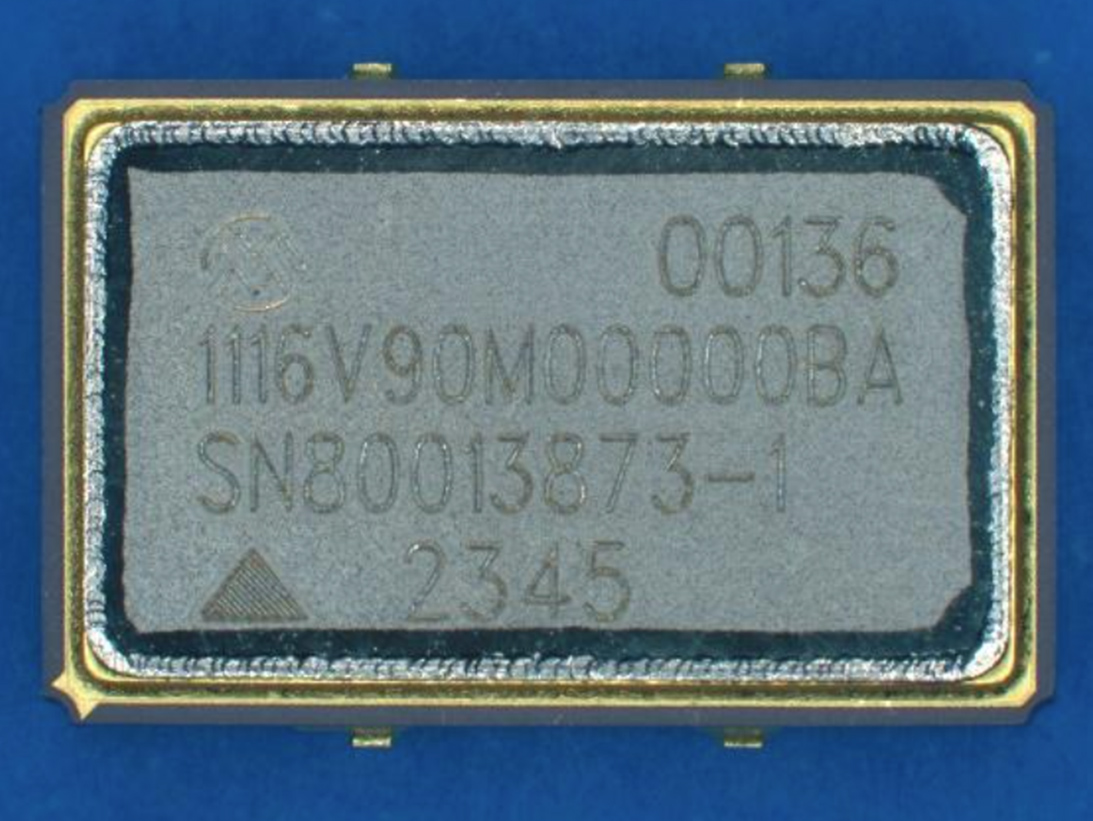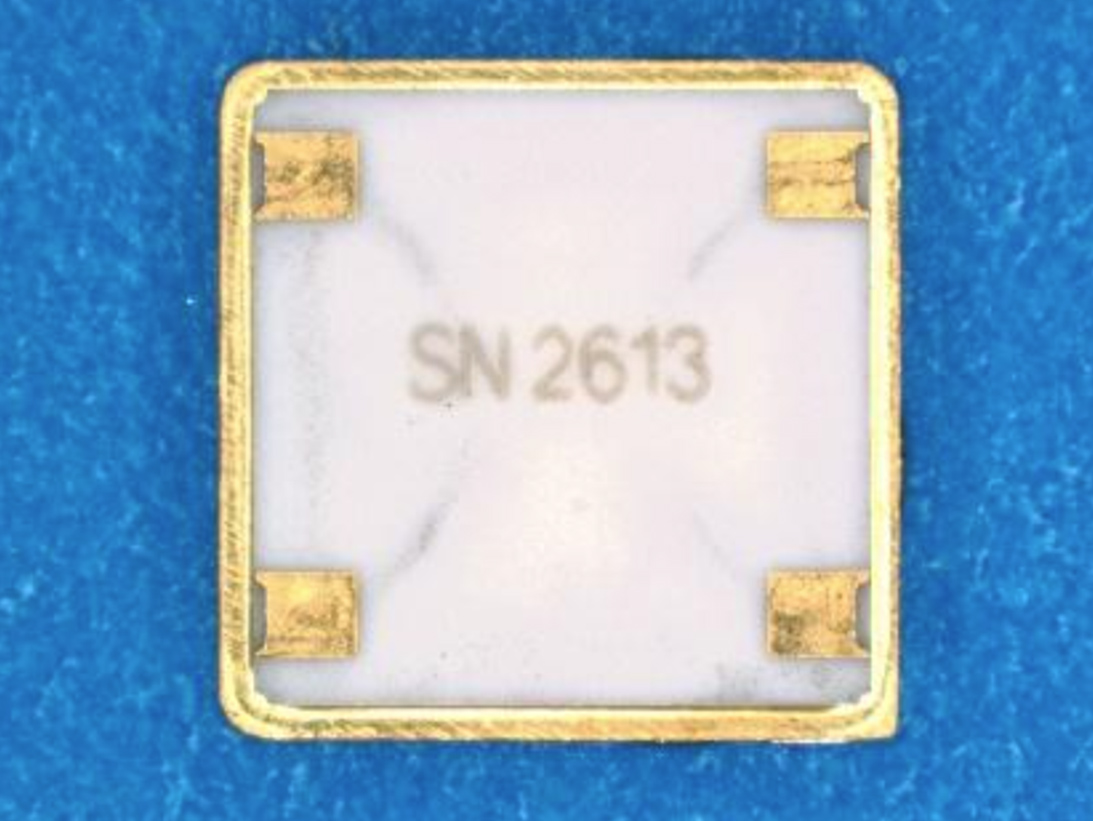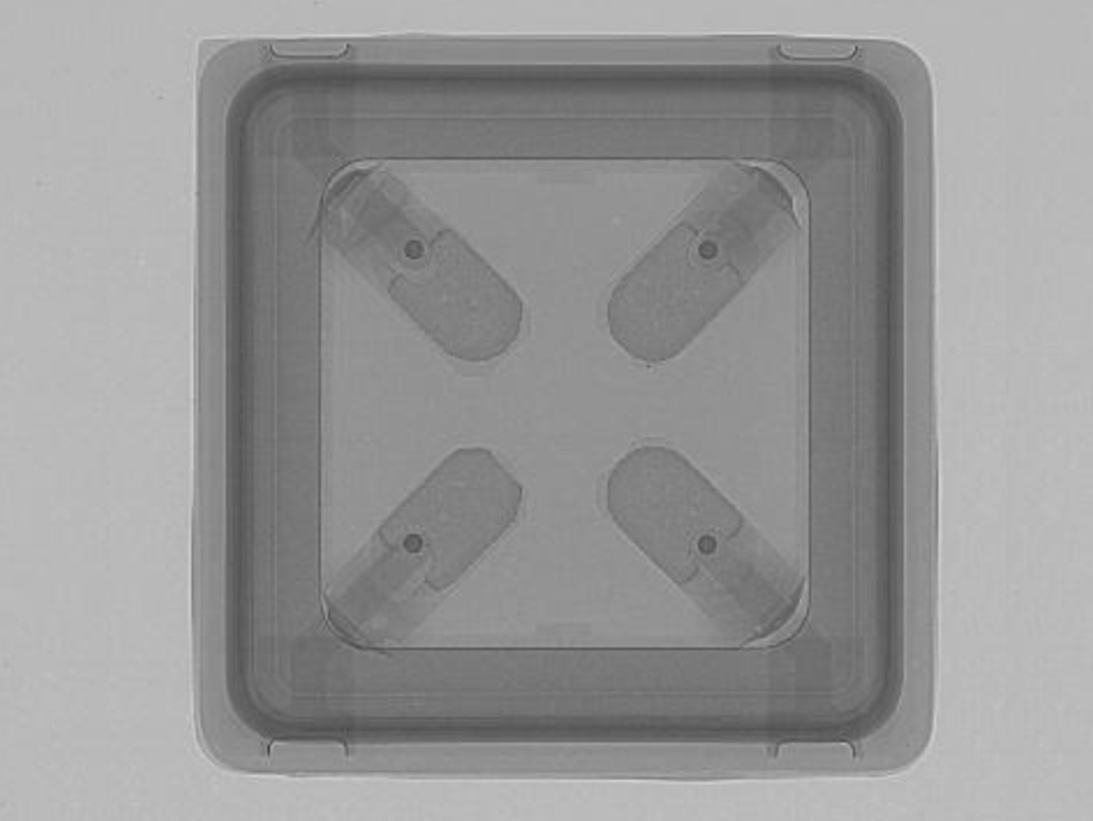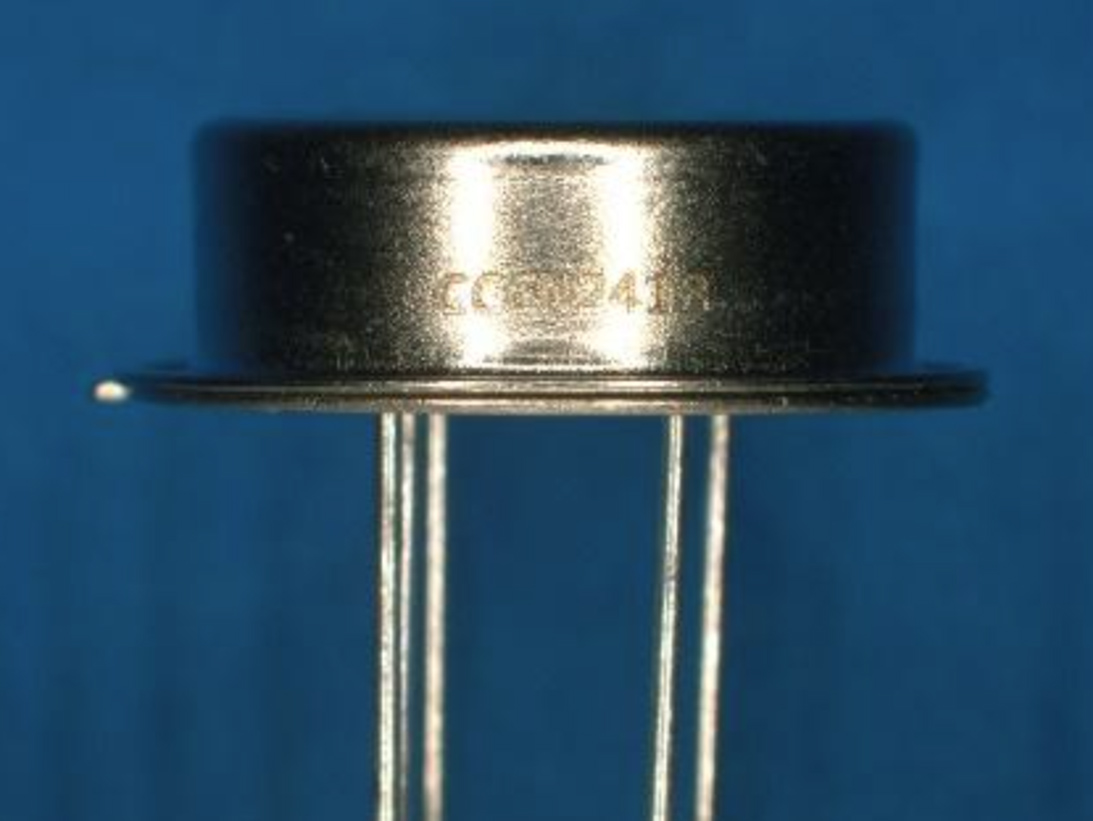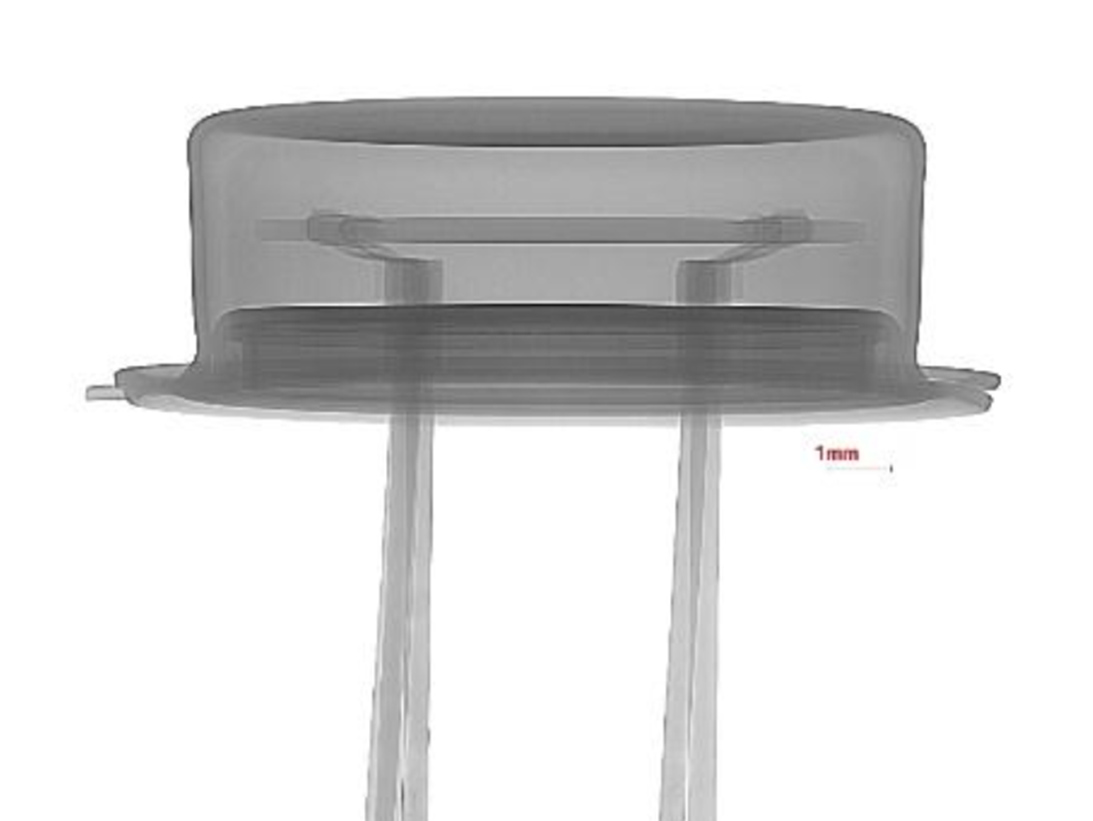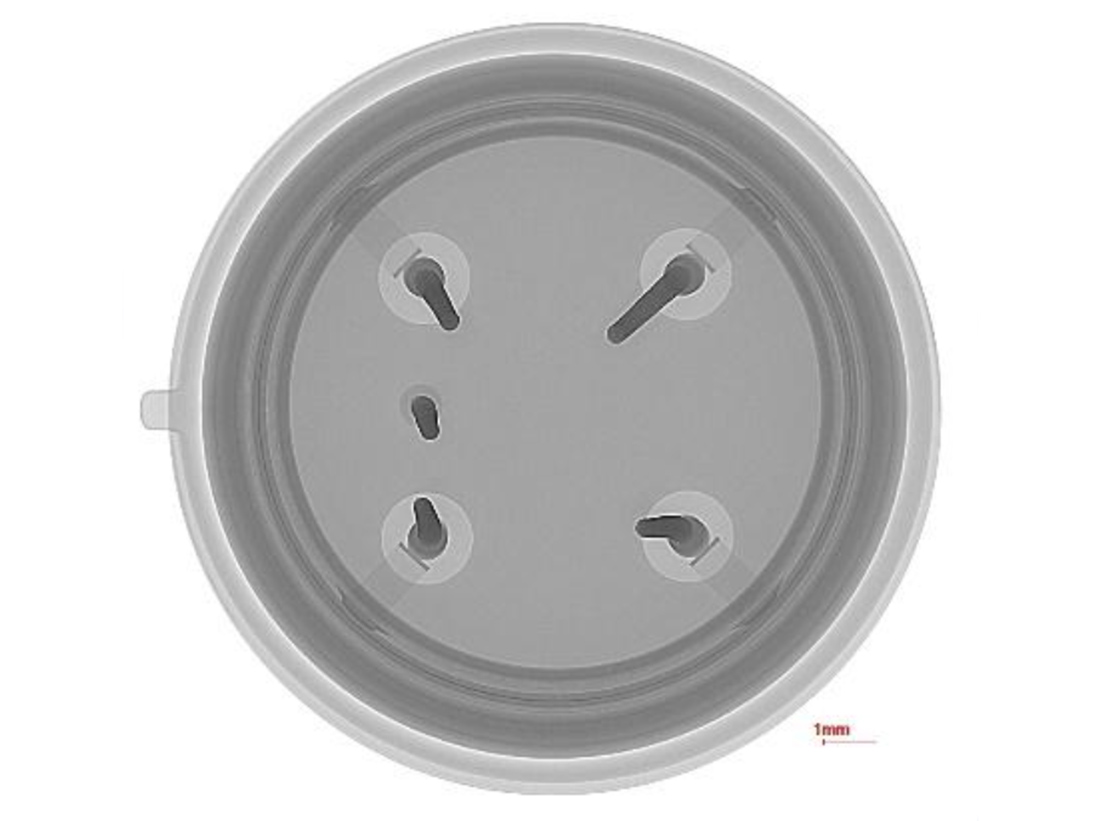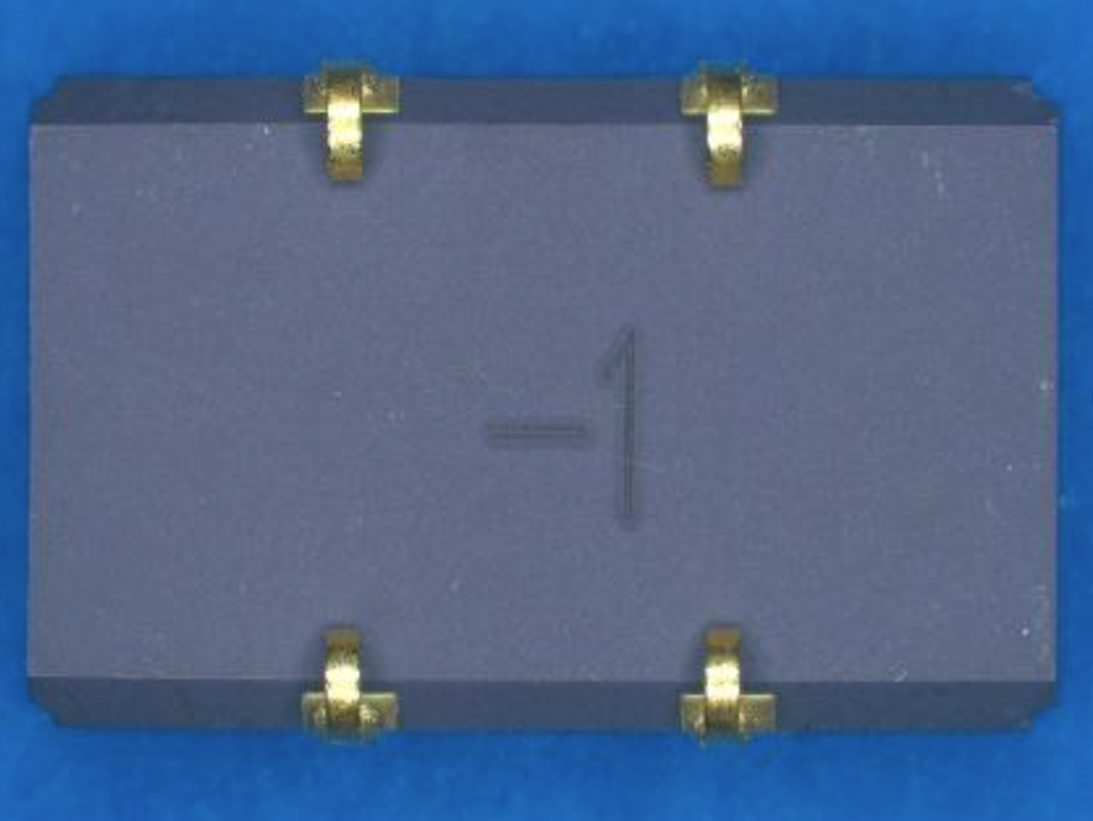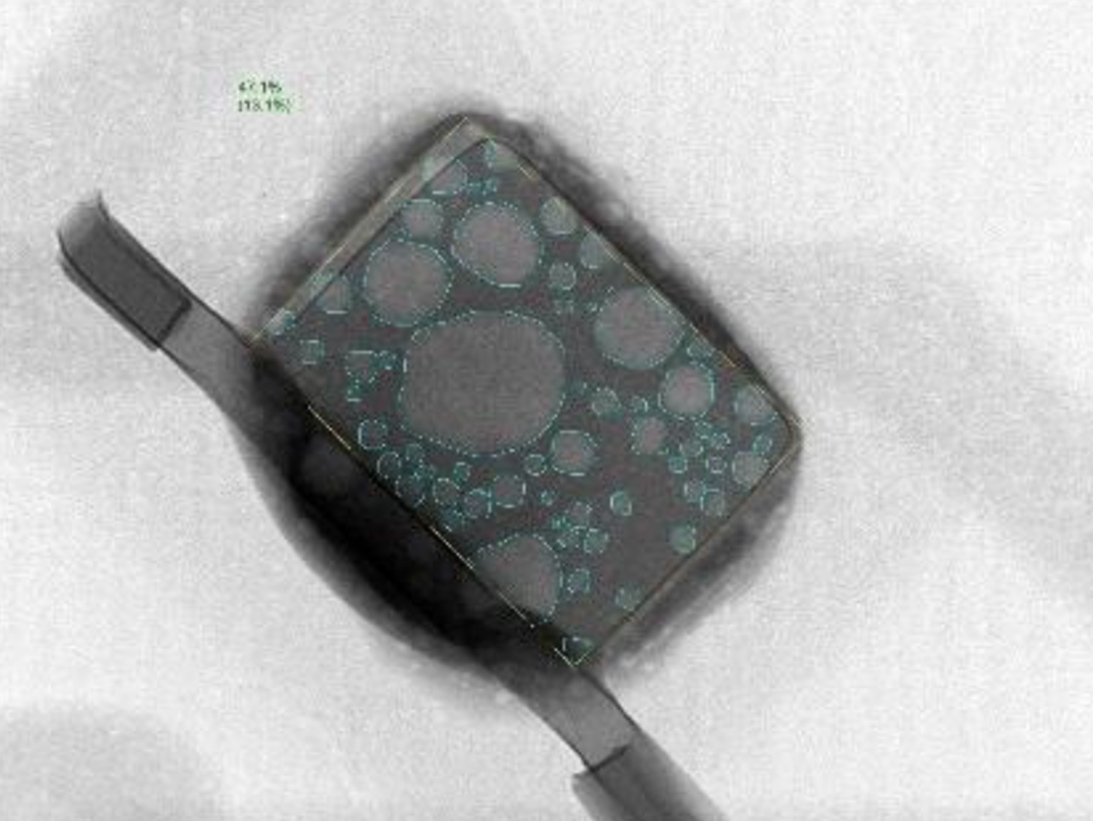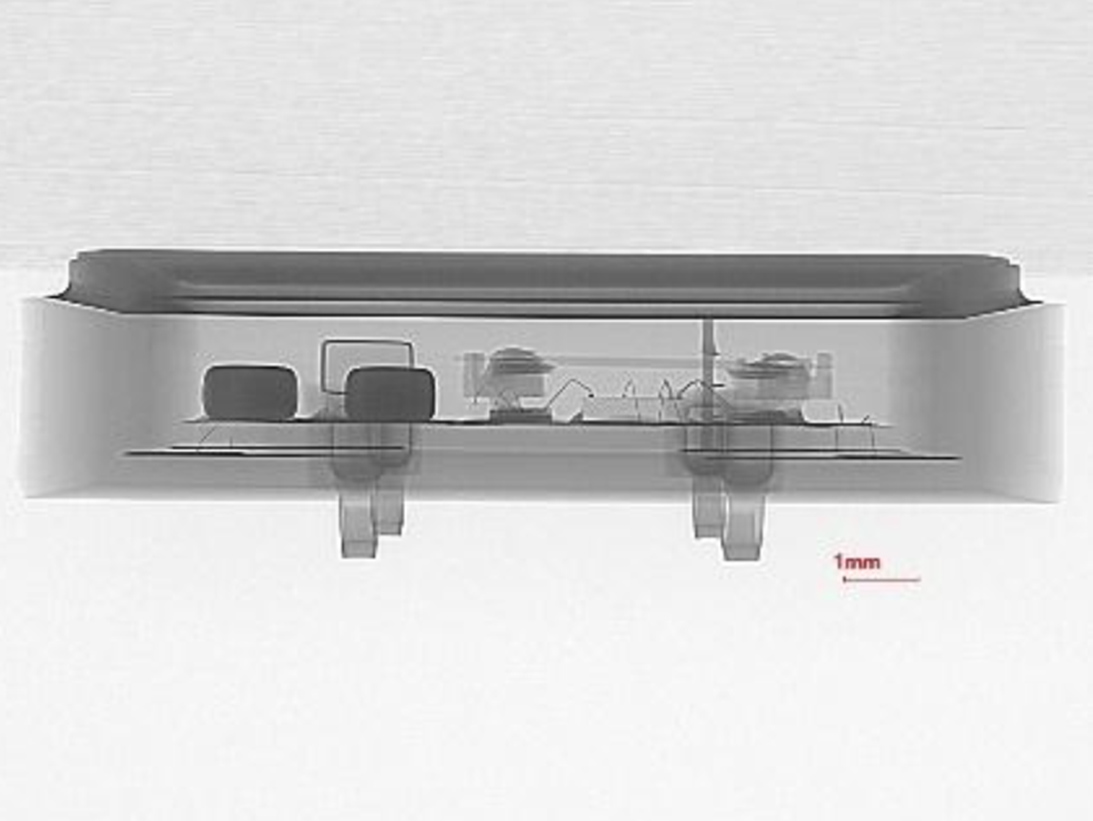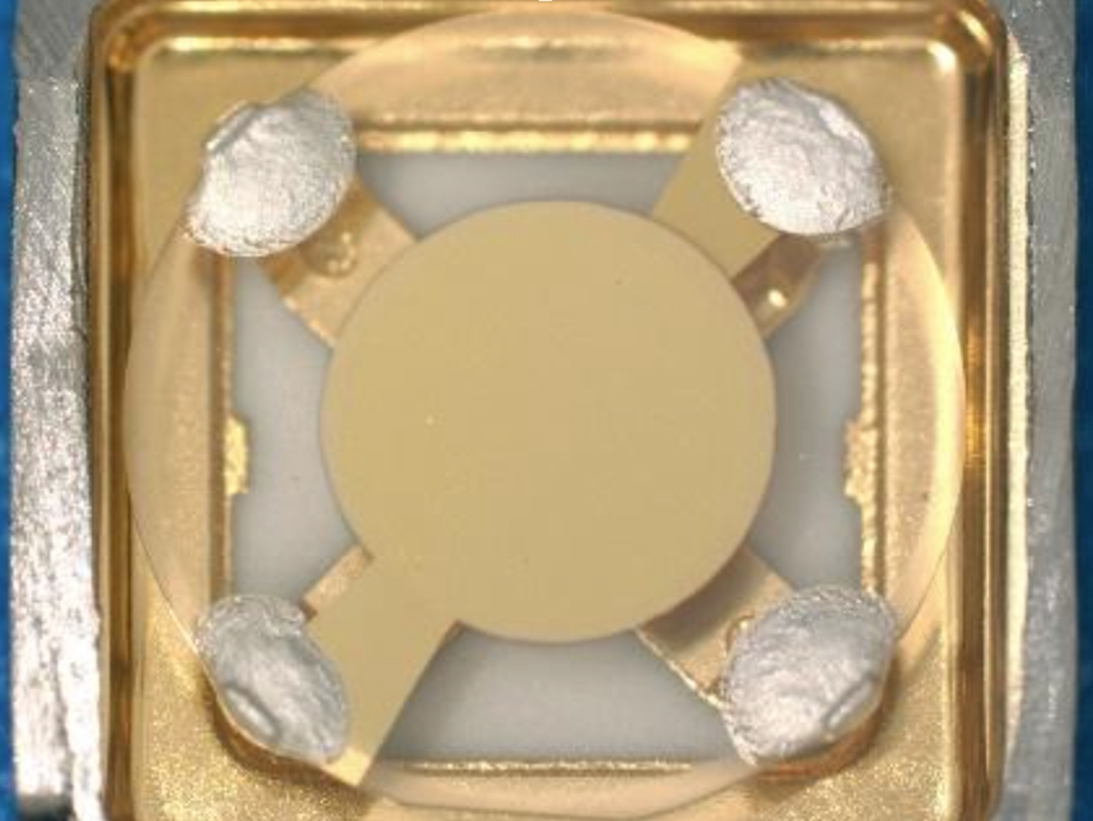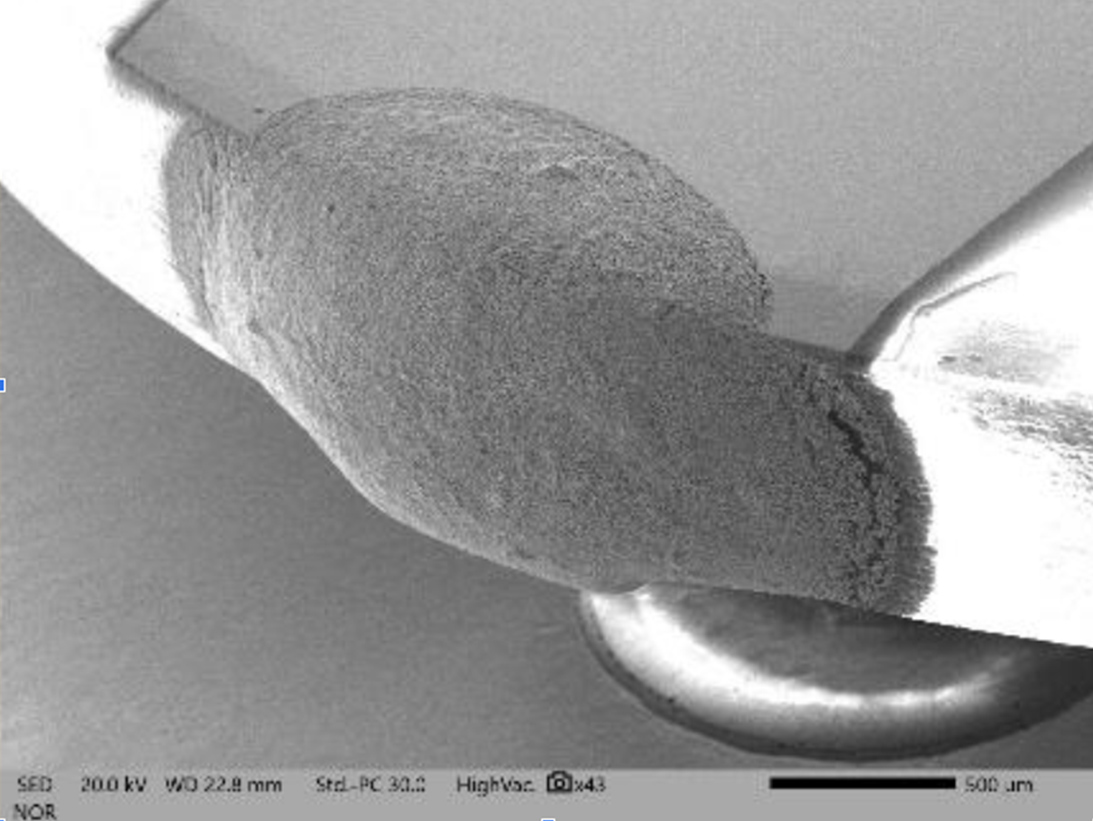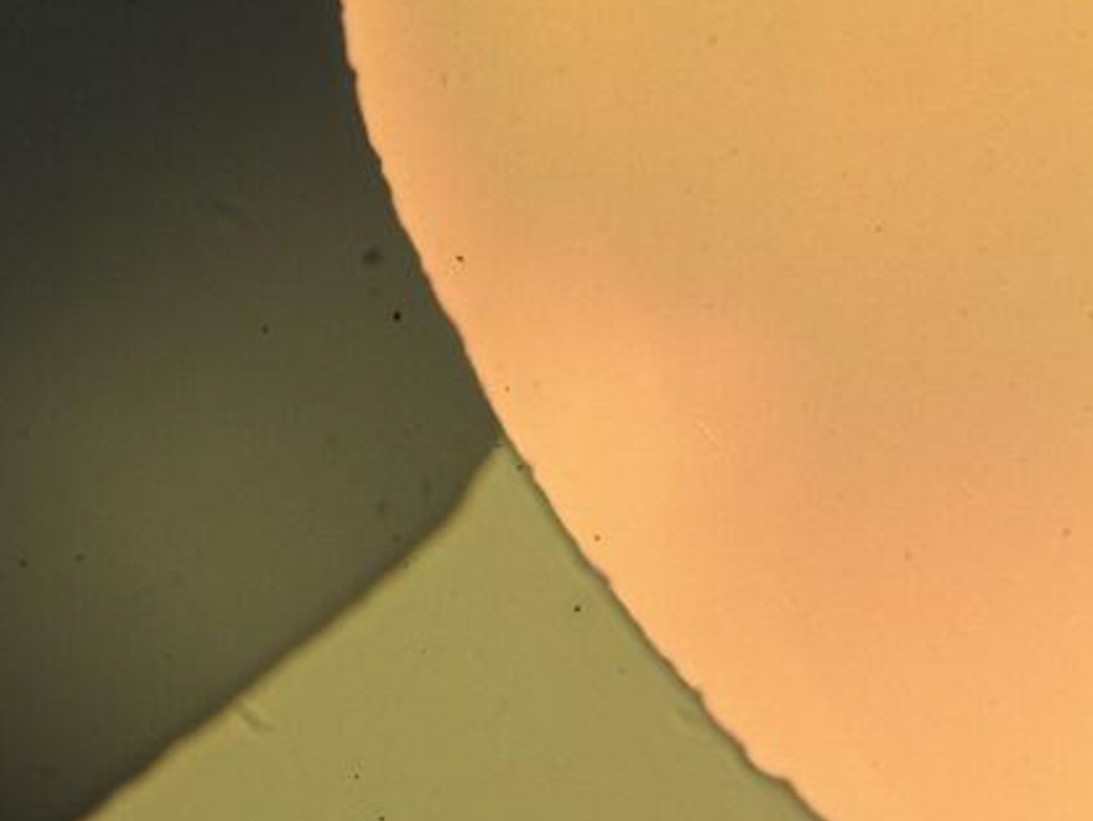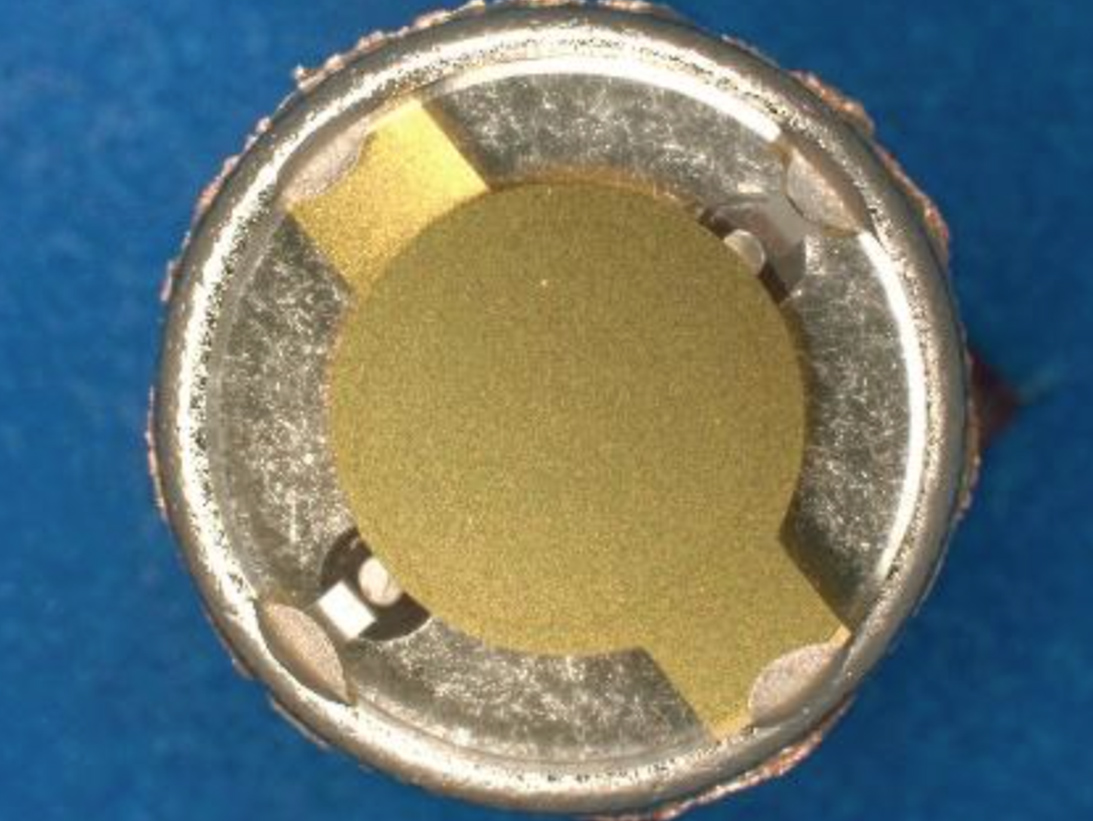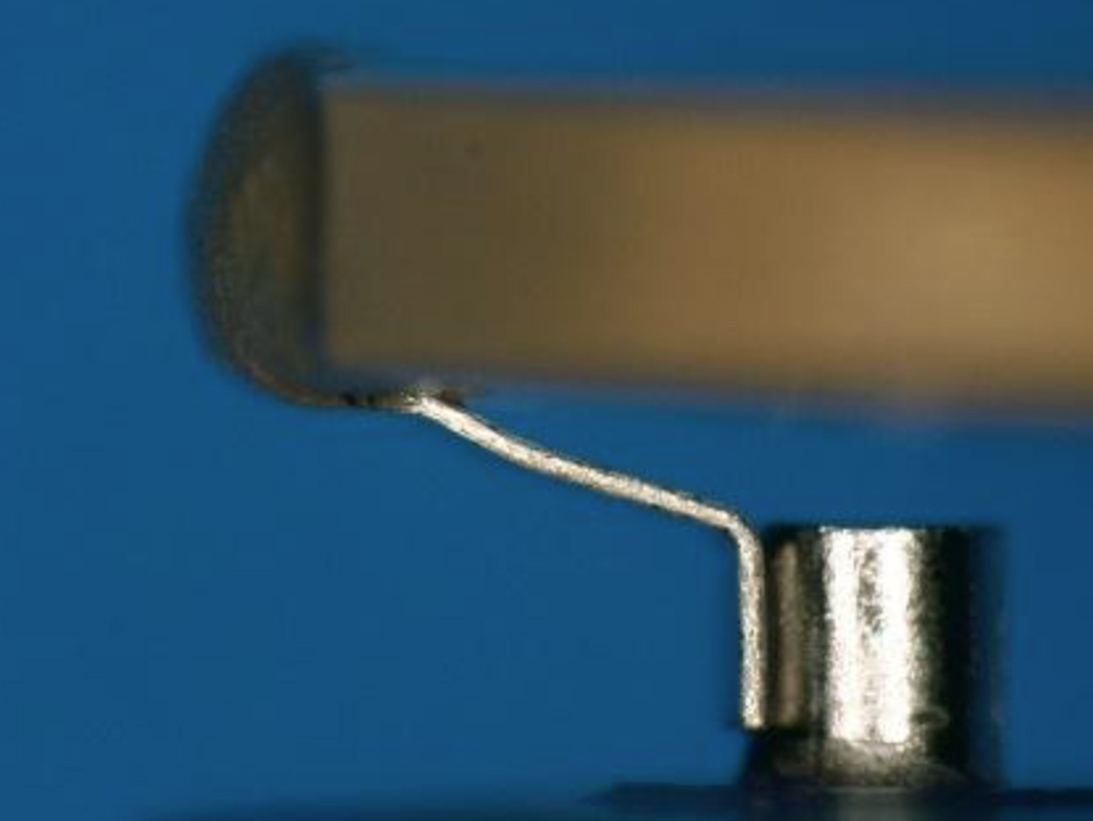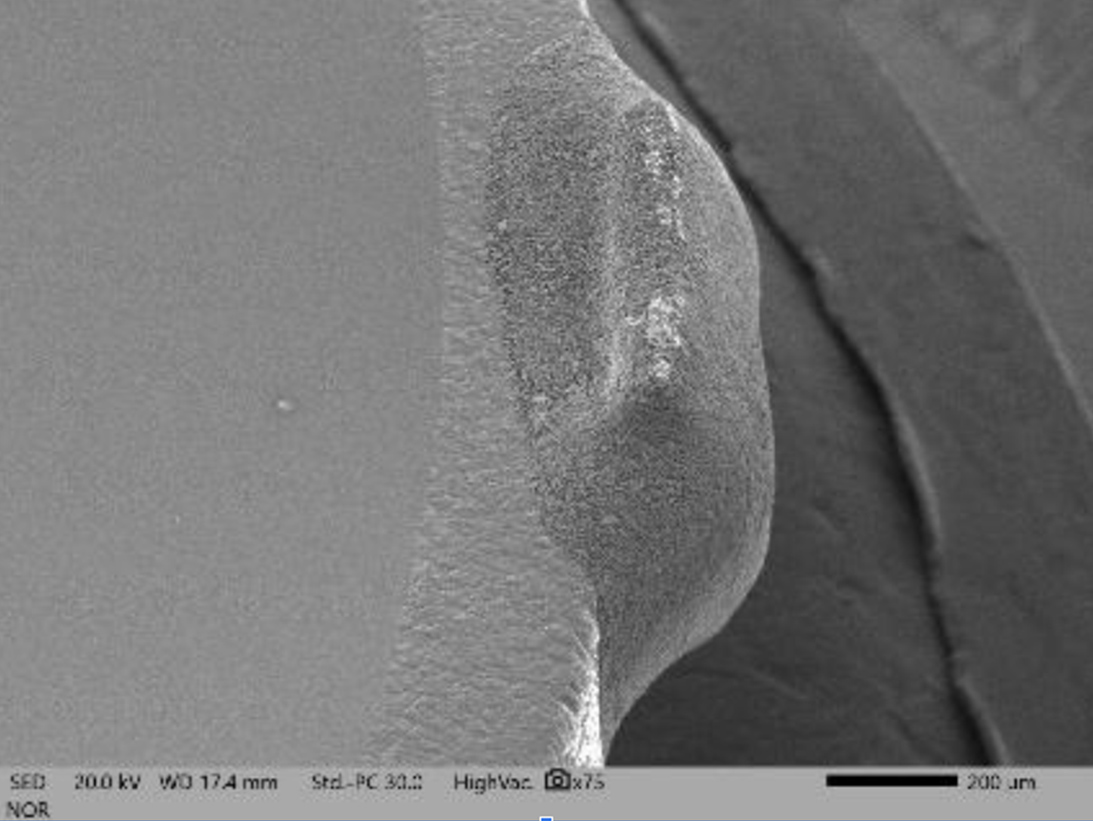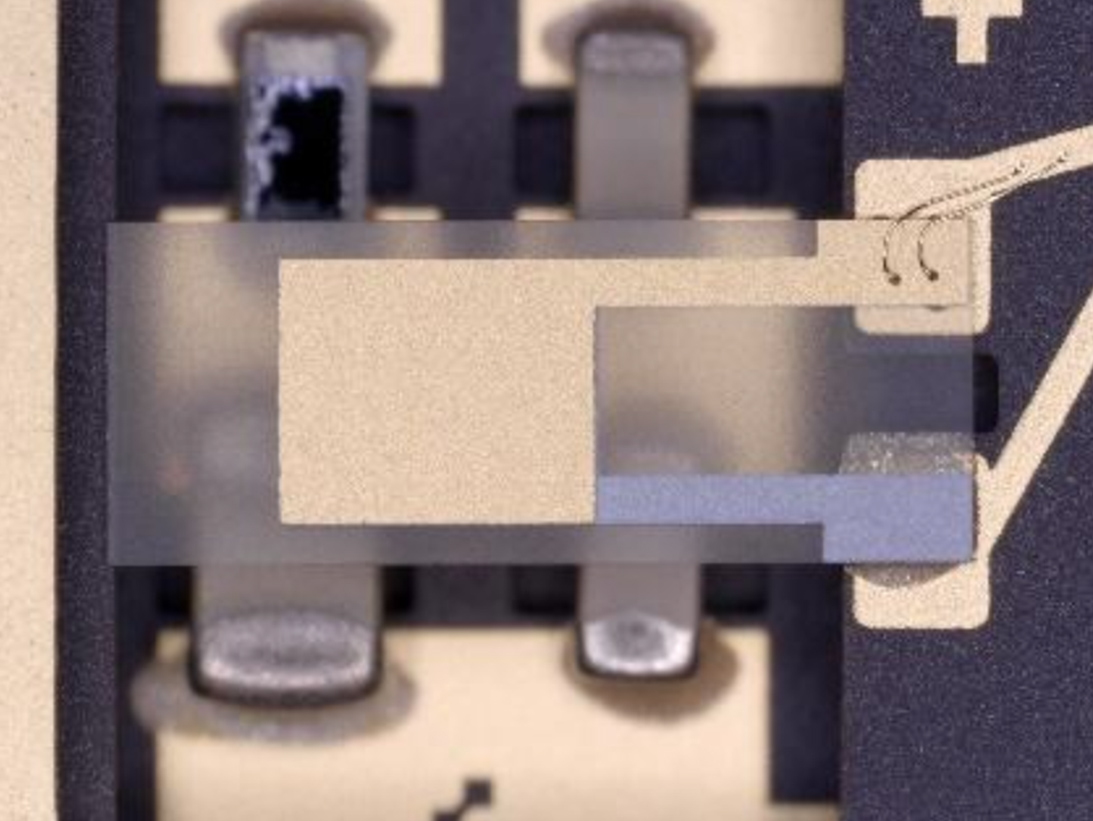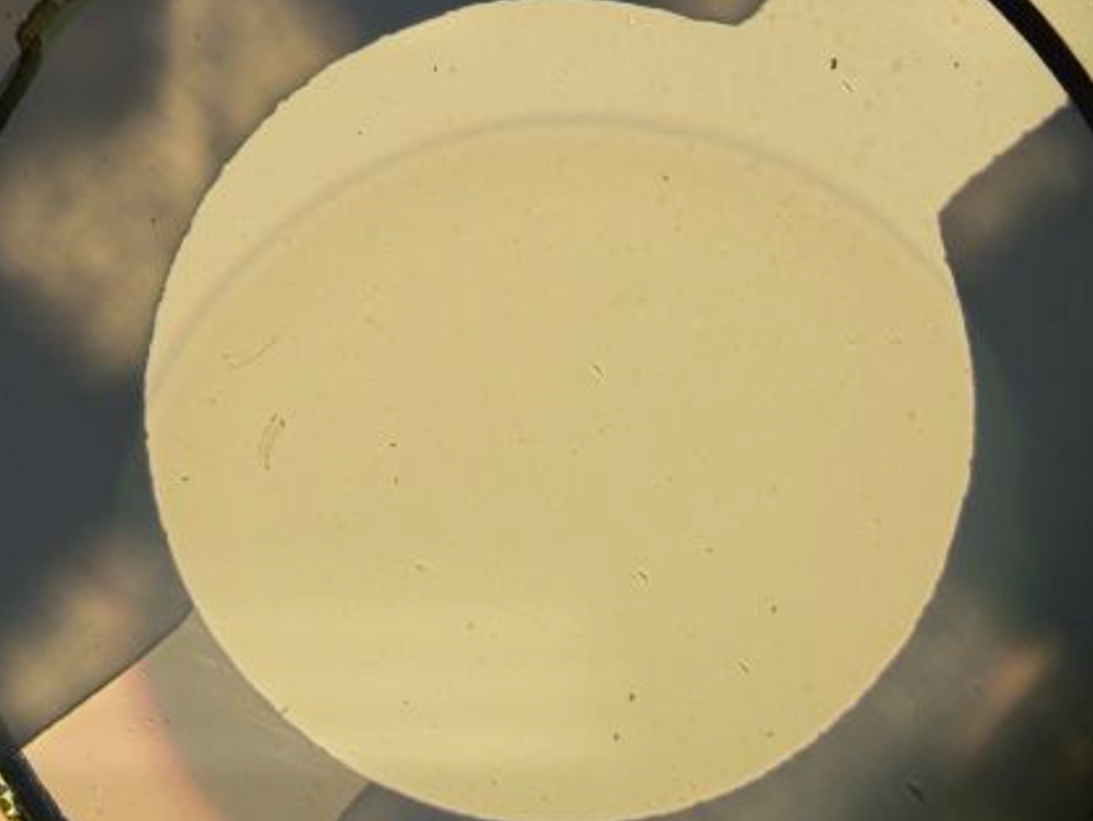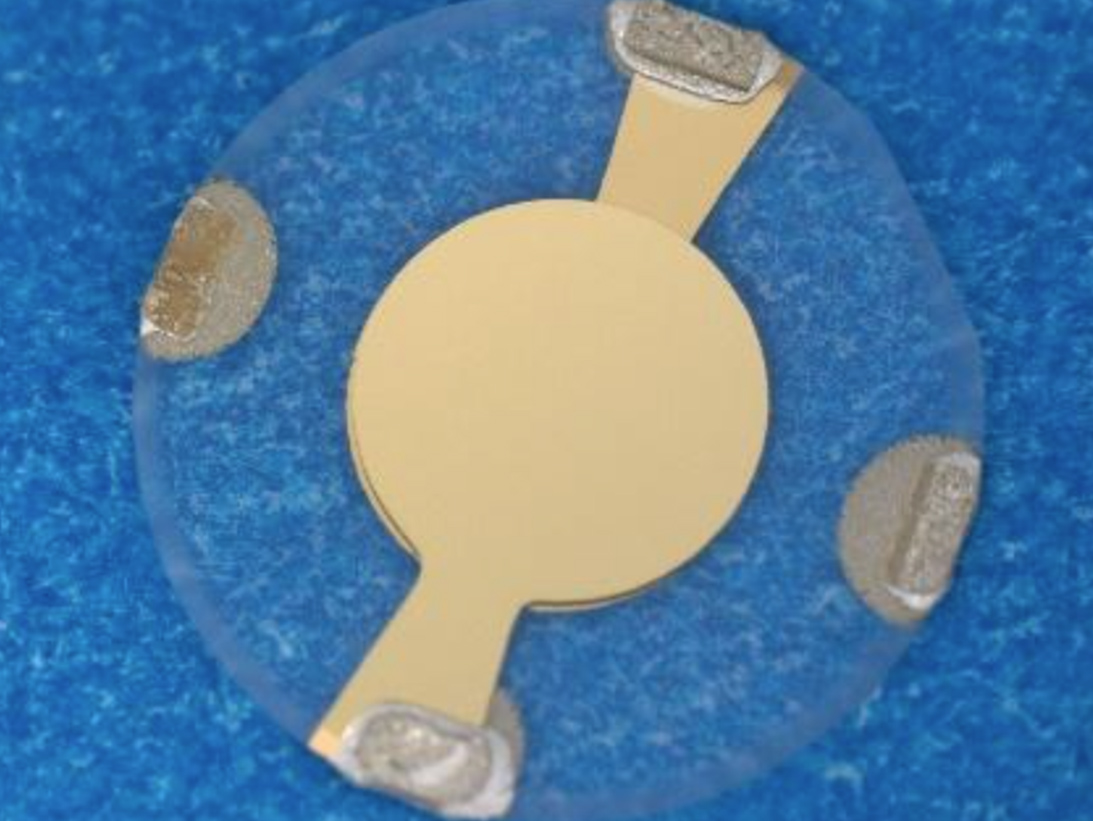Destructive Physical Analysis (DPA) Testing for Crystals
Microelectronic devices, assemblies and systems requiring stable clock signals utilize crystals as timing devices. The primary crystal blank material used for oscillators and resonators is quartz. Quartz is a piezoelectric material that resonates under an applied electric field. Crystal shape or geometry as well as orientation are varied to achieve a desired frequency value required for the application. The benefit of a crystal resonator relative to RLC circuits is the high Q-value, an essential property for many systems. Metal electrodes are deposited onto the crystal surface to orient the electrical field. The electrode/crystal metal is then used as attachment contacts for support pins that suspend the resonator within the package. The mass of the electrode metal influences the resonant frequency. Fine tuning of a crystal is achieved by laser trimming or deposition referred to as mass loading, depending on design. Due to the wide-ranging applications multiple package construction configurations exist.
Variations in environmental conditions, including vibrations, will influence the resonant frequency. Crystal packages are primarily hermetic to mitigate these environmental factures. Various construction designs that form hermetic packages would include metal and ceramic materials with glass bead-sealed pins and seam-welded or solder-sealed lids. Aerospace, military and automotive systems use hermetic packages that are subject to qualification requirements, including military performance specifications and DPA methods, to ensure performance and reliability. Crystal device construction variations require specific test methods in a DPA test flow. Crystals are tested to MIL-STD-1580 Requirement 12 for DPA and qualification requirements of MIL-STD-202 per MIL-PRF-3098.
Crystals included in microcircuits or oscillators impose additional testing requirements within the context of those assemblies.
Contact us for information about crystal testing
Crystal SMD
TO-8 Can
Ceramic Oscillator Package
ORS Offers FAST Reliable Crystal DPA
Destructive Physical Analysis
ORS has over 40 years of experience performing comprehensive testing designed to identify anomalies that can lead to field failure.
ORS DPA techniques for crystals include: external inspection for package defects such as weld spatter, corrosion, dents, fractures and pin/lead alignment, hermeticity testing, radiographic examination for voiding and alignment, internal gas analysis (IGA) for vapor content, particle induced noise detection (PIND), internal visual inspection of package surfaces, crystal metal defects with configuration compliance and prohibited materials analysis.
Non-Destructive Test Methods for Crystal Packages
An important part of a Crystal DPA are the applicable initial non-destructive test methods – external visual inspection with physical dimensions/configuration compliance, X-ray radiography, hermeticity, particle-induced noise detection (PIND), prohibited material analysis (PMA) by X-ray fluorescence elemental analysis (XRF) or scanning electron microscopy with energy dispersive elemental analysis (SEM/EDS).
External visual of ceramic
X-ray Y-axis view of Crystal
Z-axis view of Crystal alignment
Optical side view
X-ray view of crystal alignment
Y-axis X-ray view
Bottom view of Crystal oscillator package
X-ray image of voiding Crystal attachment
Z-axis view of crystal oscillator package
Destructive Analysis Methods of Crystal Packages
A complete Crystal DPA would include destructive test methods such as internal gas analysis (IGA) for internal vapor content and internal visual inspection (achieved by de-lidding per sample preparation instructions of MIL-STD-1580 Req 12 to facilitate optical inspection of internal packaging, crystal metal and electrode defects). Scanning electron microscopy with energy dispersive X-ray elemental analysis (SEM/EDS) may also be utilized for identification of internal prohibitive materials.
Overall internal view
SEM image of attachment
Crystal metal edge
Internal cavity view de-lidding by MIDAS
Side view of support
SEM of attachment
Crystal in oscillator
Mass loading deposition mis-alignment
Bottom side of crystal
Failure Modes of Crystals that Can Be Revealed by DPA:
Failure modes of crystals will depend and vary on construction and by application
- Loss of hermeticity
- Voiding in crystal attachment
- Contamination/corrosion
- Crystal metal and electrode metal defects
- Pure tin on external and internal surfaces
- Undisclosed product changes
Applicable Industries:
- Space
- Aerospace
- Military Terrestrial
- Automotive/Commercial
- Mainframe Computers
Military Standards:
- MIL-PRF-3098
- MIL-STD-1580/Req 13
- MIL-STD-883 various Methods
- MIL-STD-202 various Methods
Crystal Test Methods
MIL-STD-1580 Req 12 & 9
MIL-PRF-3098
MIL-STD-202 & MIL-STD-883
- External Visual Optical inspection – 30X
- Lead Finish MIL-STD-1580 REQ 9
- X-ray Radiography MIL-STD-202, Method 209
- PIND MIL-STD-883, Method 2020
- Hermeticity Part Specification
- Internal Water Vapor Testing MIL-STD-883, Method 1018
- Internal Package Visual Optical inspection – 30X PMA – Req 9 Crystal inspection – 10X
- SEM Metal Inspection Method 2077
- Prohibited Materials Analysis Req. 9

